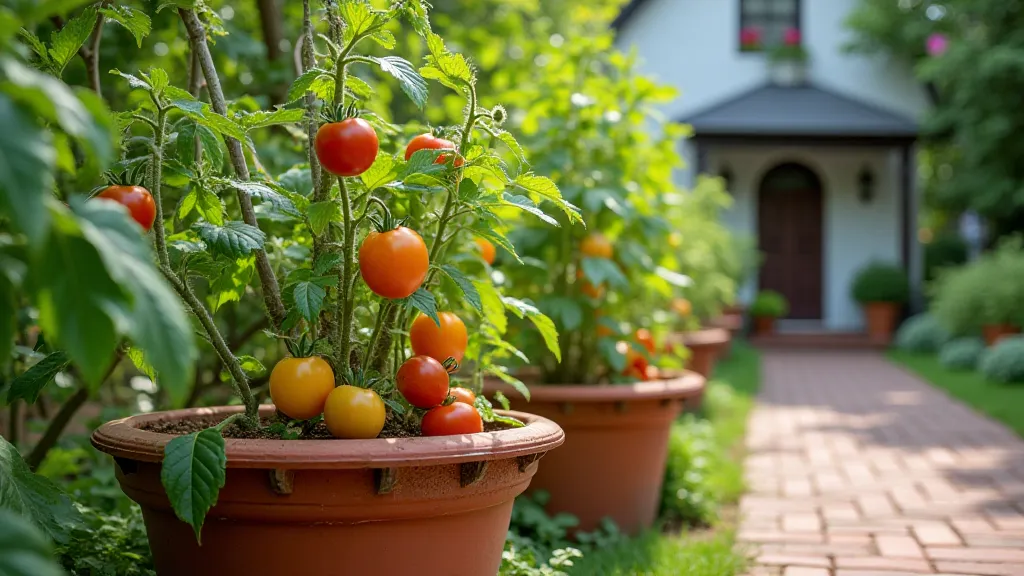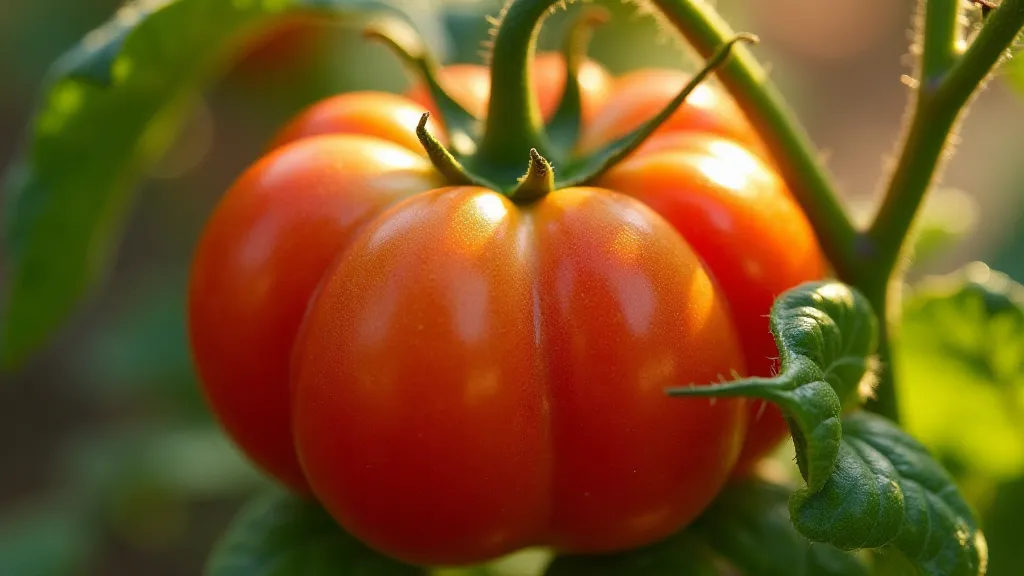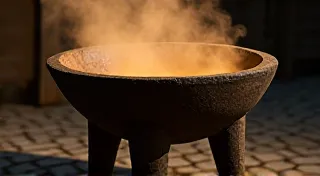The Cartographer's Charts: Region-Specific Container Tomato Growing Guides
There's a certain poetry to heirloom tomatoes, isn't there? They whisper of bygone eras, of farmers carefully selecting seeds from the most flavorful fruits, passing down traditions through generations. They're living relics, much like a beautifully restored antique accordion. I remember finding one tucked away in my grandfather’s attic, its bellows cracked, its keys yellowed with age. The faint scent of old wood and forgotten melodies clung to it – a tangible link to a past filled with music and laughter. Restoring it was a labor of love, a painstaking process of understanding its construction, appreciating the ingenuity of its maker, and breathing new life into a forgotten piece of history. Growing heirloom tomatoes in containers feels similar; it’s about understanding the delicate interplay of elements to coax beauty and flavor from a living heirloom.
This isn't just about planting a seed in a pot. It’s about recognizing that tomato plants, especially these treasured heirlooms, aren't one-size-fits-all. Just as a cartographer creates different charts to navigate diverse terrains, we need to tailor our container gardening approach based on where we live. Sunlight hours, temperature fluctuations, common pests, even soil composition—all play crucial roles. Let’s explore how to customize your container tomato gardening based on your region.

Understanding the Basics: Container Tomato Gardening Essentials
Before diving into regional specifics, let's establish some foundational principles. Container gardening for tomatoes, regardless of your location, demands a few non-negotiable elements. First, the container itself. It needs to be large enough—at least 15-20 gallons for most heirloom varieties. Smaller pots stress the plants, limiting root development and fruit production. Drainage is paramount; holes in the bottom aren’t just a suggestion—they’re essential. A quality potting mix, not garden soil (which compacts too easily), provides aeration and drainage.
Sunlight is the next vital component. Heirloom tomatoes crave at least 6-8 hours of direct sunlight daily. Consistent watering, especially during hot weather, is crucial. Fertilizing regularly with a balanced tomato fertilizer will feed those hungry plants. Staking or caging is a must for most heirloom varieties; they get heavy with fruit and will collapse without support. Finally, choose your tomato varieties strategically. Some are better suited to shorter growing seasons or hotter climates than others.
The Northern Regions: Navigating Short Seasons and Cool Summers
For those of us living in the northern reaches – think the Pacific Northwest, the upper Midwest, or New England – the primary challenge is the short growing season and often cooler summer temperatures. Northern summers tend to be unpredictable, with potential for late frosts and early September chills.
Variety Selection: Opt for early-maturing heirloom varieties like ‘Early Girl’ (though a hybrid, its early production is a boon), ‘Brandywine Pink’ (a reliable producer even in cooler climates), or ‘Black Krim’ (offers surprisingly robust growth). Consider “cold-set” varieties specifically bred for quicker maturation.
Starting Seeds Indoors: Begin your seeds indoors 6-8 weeks before the last expected frost. This gives your plants a significant head start. Use heat mats to provide consistent warmth for germination.
Protection from Cool Weather: Be prepared to protect your plants from unexpected cold snaps. Row covers or even blankets draped over containers can provide a temporary shield. Consider the microclimate of your patio or balcony; a south-facing location will receive more sunlight and retain heat longer.
Container Color: Dark-colored containers absorb more heat, which can be beneficial in cooler climates. Just be mindful that they also dry out faster, requiring more frequent watering.

The Southern Regions: Battling Heat and Humidity
The South, with its long, hot summers and high humidity, presents a different set of challenges. Intense heat can stress tomato plants, leading to blossom drop and reduced fruit set. Humidity fosters fungal diseases like early and late blight.
Variety Selection: Choose heat-tolerant heirloom varieties like ‘Cherokee Purple’ (surprisingly resilient to heat), ‘Green Zebra’ (produces well even in challenging conditions), or ‘Pineapple Tomato’ (its distinctive shape and sweet flavor are a delightful reward).
Shade Protection: Provide afternoon shade during the hottest part of the day. A shade cloth or strategically placed trees can make a big difference.
Air Circulation: Ensure good air circulation around your plants to minimize humidity and reduce the risk of fungal diseases. Space containers adequately and prune lower leaves to improve airflow.
Watering Practices: Water deeply and consistently, especially during hot spells. Water in the morning to allow foliage to dry before evening. Avoid overhead watering, which can spread diseases.
Disease Prevention: Be vigilant for signs of fungal diseases. Treat promptly with an appropriate fungicide, following label instructions carefully.
The Southwestern Regions: Dealing with Intense Sun and Arid Conditions
The Southwest, known for its intense sunshine and arid climate, requires a unique approach. The intense sun can scorch foliage, while the dry air can lead to rapid water loss.
Variety Selection: Select drought-tolerant heirloom varieties like ‘Roma’ (surprisingly robust in arid conditions) or ‘San Marzano’ (thrives with consistent watering).
Container Material: Light-colored containers reflect heat, helping to prevent scorching.
Mulching: Apply a thick layer of mulch to the surface of the potting mix to retain moisture and suppress weeds.
Watering Schedule: Water deeply and less frequently, allowing the potting mix to dry slightly between waterings.
Wind Protection: Protect your plants from strong winds, which can exacerbate water loss. A windbreak or strategically placed screen can help.

The Pacific Coast: Addressing Mild Temperatures and Coastal Breezes
The Pacific Coast enjoys a temperate climate with mild temperatures and frequent coastal breezes. While generally favorable for tomato growing, the coastal fog and cool evenings can impact ripening.
Variety Selection: Choose varieties that ripen well in cooler conditions, such as ‘Oregon Pink’ or ‘Mortgage Lifter’ (known for its reliable production).
Sunlight Maximization: Position containers in a location that receives maximum sunlight, especially morning sun.
Protection from Fog: On foggy mornings, consider covering plants with a sheet or tarp to allow for some sunlight penetration.
Consistent Watering: While the climate is generally mild, consistent watering is still important, especially during dry spells.
Just as an accordion’s sound is shaped by its construction, its bellows, and the player's touch, the success of your container tomato garden hinges on understanding your local environment and adapting your approach accordingly. It’s a rewarding journey, a connection to a legacy of craftsmanship and flavor—a cartographer’s chart guiding you to a bountiful harvest.





